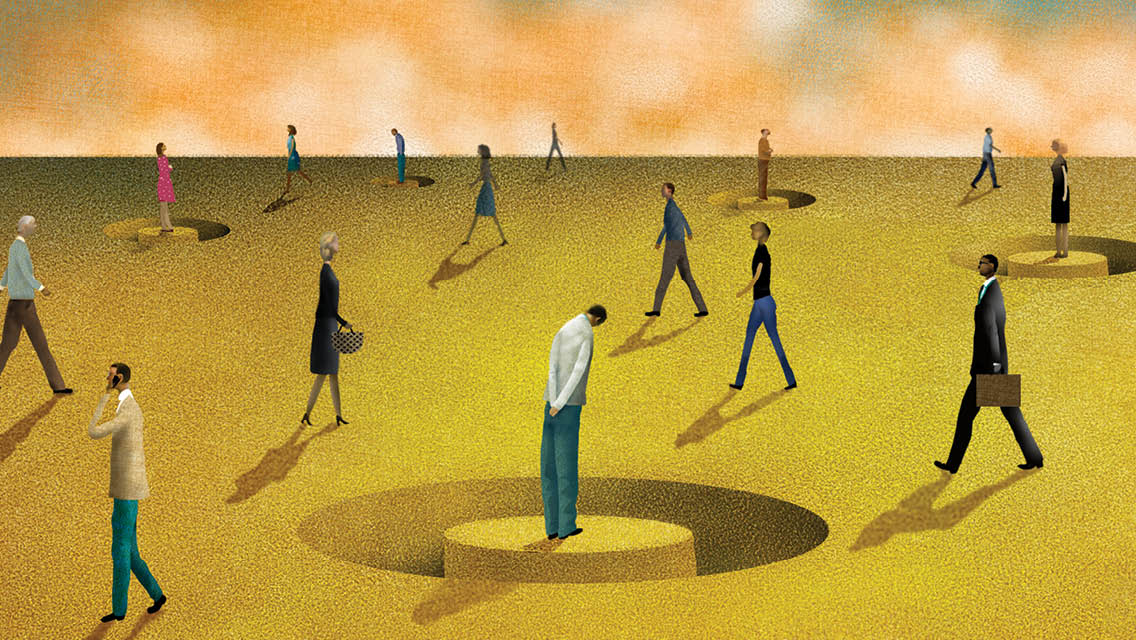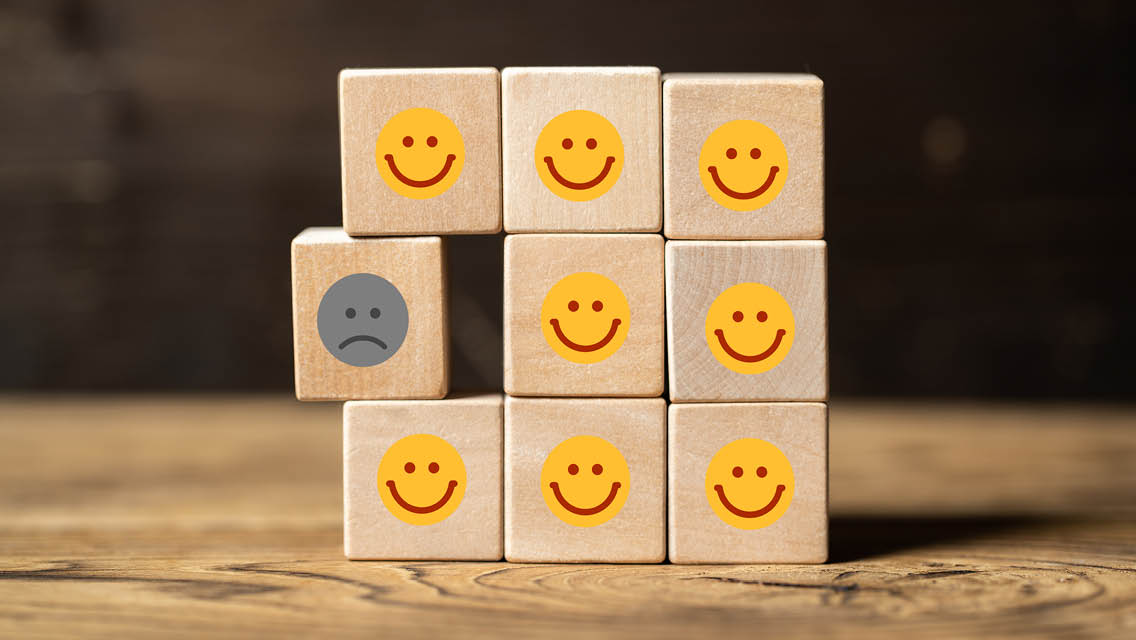A recent national survey reports that the percentage of older Americans who say they regularly feel lonely has decreased to pre-COVID levels, findings that may seem worthy of some celebration until you realize that about one in three of this cohort still struggle with loneliness.
“At the surface, this might seem like great news, that we’re back to where we were before COVID-19 struck. But that baseline was not good, and it was especially bad for some groups of older adults, who continue to have very high rates of loneliness and social isolation,” says lead study author Preeti Malani, MD, MSJ, a professor of internal medicine at the University of Michigan Medical School. “One of the biggest differences now is that we have greater recognition of the impact of loneliness and isolation on health especially as we age.”
Malani’s team reviewed data University of Michigan pollsters had collected annually from 2018 to 2024 from six separate sets of respondents ranging in age from 50 to 80. The results, published in JAMA, revealed that the percentage of those who said they often felt lonely rose from 34 percent in the first year of the survey to as high as 42 percent during the height of the pandemic, before settling back to 33 percent last year.
Among the loneliest were those who said their mental health (75 percent) or physical health (53 percent) was fair or poor, as well as respondents who were either unemployed or receiving disability payments (52 percent). Perhaps surprisingly, younger respondents (ages 50 to 64) were more likely than seniors to report loneliness.
“These trends make it clear: Clinicians should see loneliness and isolation as a key factor in their patients’ lives, especially those with serious physical or mental health conditions,” notes Jeffrey Kullgren, MD, MPH, an associate professor of internal medicine at the University of Michigan who directed the poll. “We should consider screening our patients for these issues and connecting them with resources in their communities, whether that’s a senior center, veterans’ groups, volunteering opportunities, or services offered by an area agency on aging or other community organizations.”
Big Tech has a better idea, though: Just hook up these lonesome souls with an AI-powered buddy.
As Samantha Rose Hill, PhD, observes in The New York Times, these companies are simply responding to a promising marketing opportunity. Well-intentioned concerns about a loneliness epidemic effectively transform a personal emotion into a clinical pathology while encouraging the growth of what she describes as a “loneliness economy.”
“The prescription given for loneliness is connection,” notes Hill, an associate professor at the Brooklyn Institute for Social Research, “and Big Tech has found a way to seize the vulnerability of lonely people eager to escape their predicament.”
Indeed, the market for AI-powered “companions” is expected to grow from $10.8 billion in 2024 to $290.8 billion by 2034. Among the more popular of these is ElliQ, a product of Intuition Robotics designed to provide social engagement throughout the day — initiating conversations, suggesting healthy activities, offering interactive games — while also reminding its lonesome buddy when it’s time to take their meds.
For those yearning more for cuddles than conversation there’s Lovot, a 17-inch-tall robot engineered to provide the companionship of a pet without the associated responsibilities. You can hug it, play with it, and talk to it — though it won’t talk back — while it adjusts in real time to your routines and behaviors. Plus, if you find yourself growing perturbed by its constant, nagging presence, you can simply switch it off. Try that with a pesky puppy.
Onscreen, Inc., the purveyor of multiple versions of an online AI persona named “Joy,” touts its product as “a reliable senior AI companion designed to engage with older adults on a wide array of topics.” Just submit your specific interests into the program, click on the mobile app, and enjoy a lively conversation while sitting in front of your TV.
“We’re not here to pretend AI is human,” Intuition Robotics CEO Dor Skuler tells Forbes. “We’re here to help people feel less alone.”
The service is a boon for caregivers, the company claims on its website: “By providing information about [a senior’s] interests, dislikes, and even extended family, conversations with Joy become increasingly meaningful and engaging. Additionally, as Joy and your loved one continue to interact, Joy’s memory will grow, enabling her to have more meaningful exchanges. Our vision is to have Joy age alongside your loved one, being there for them as needed.”
Even the most enthusiastic AI boosters recognize widespread concerns over data privacy and the psychosocial dangers of a growing dependence on digital companionship. But the loneliness epidemic offers them an emotion-laden market.
“We’re not here to pretend AI is human,” Intuition Robotics CEO Dor Skuler tells Forbes. “We’re here to help people feel less alone.”
But faux humanity is not really the issue, Hill argues. “The danger is not that AI will replace human connection,” she writes. “The danger is that it will make us forget what actual connection requires while eroding our ability to think for ourselves by training us to depend on AI for the simplest of tasks and interactions.”
Real-world relationships — unlike AI-generated interactions — challenge our vulnerability and deliver routine disappointments, she explains. This requires negotiation, patience, empathy, and a variety of communication skills you’ll never need to successfully navigate a digital companionship. That’s because that type of relationship is completely one-sided — what Hill calls a “loneliness loop.”
“AI companions don’t make loneliness go away; they just create a distraction, allowing the users to fixate on a reflected image of themselves,” she argues. “Eventually, that creates isolation from others. It’s a godlike seduction: to remake relationships in one’s own image. No risk, no mess, no friction. But also, no reality.”





This Post Has 0 Comments